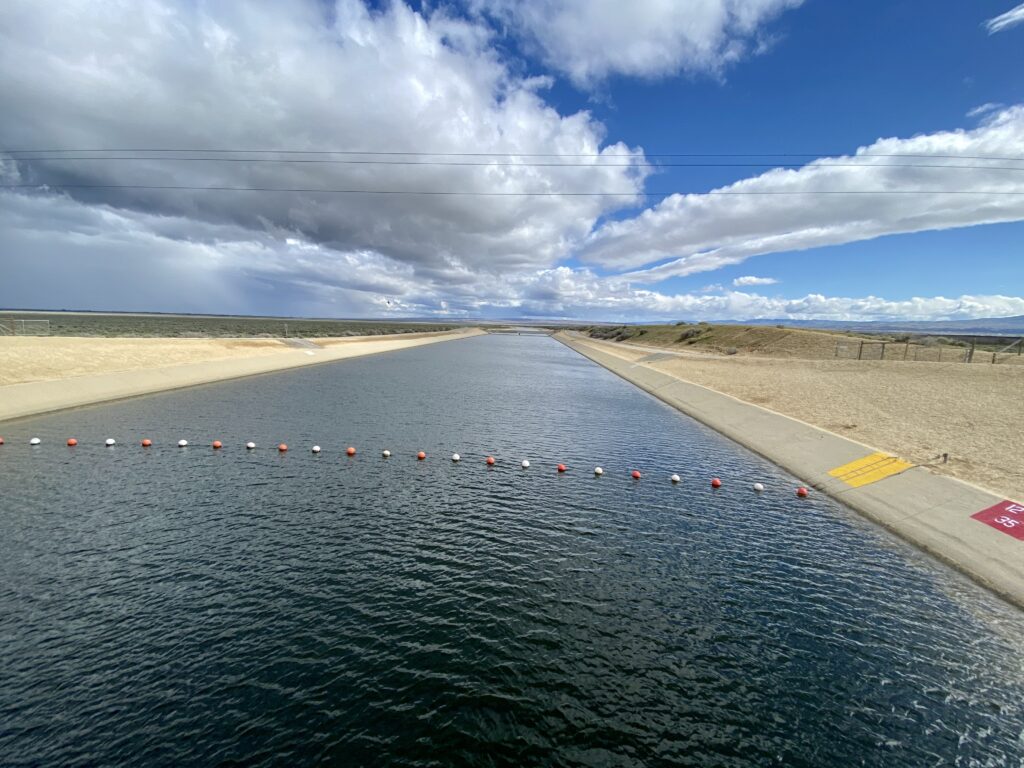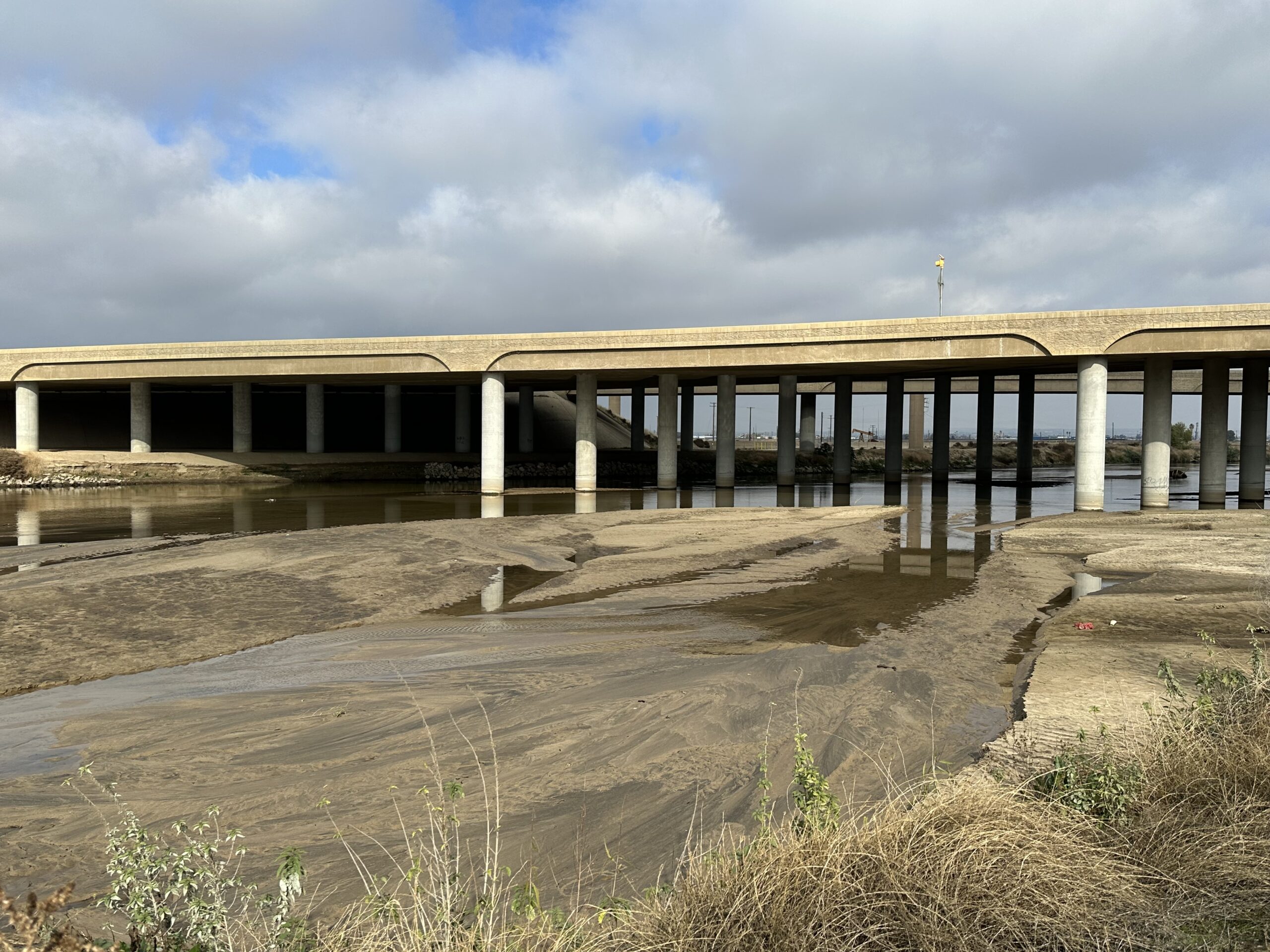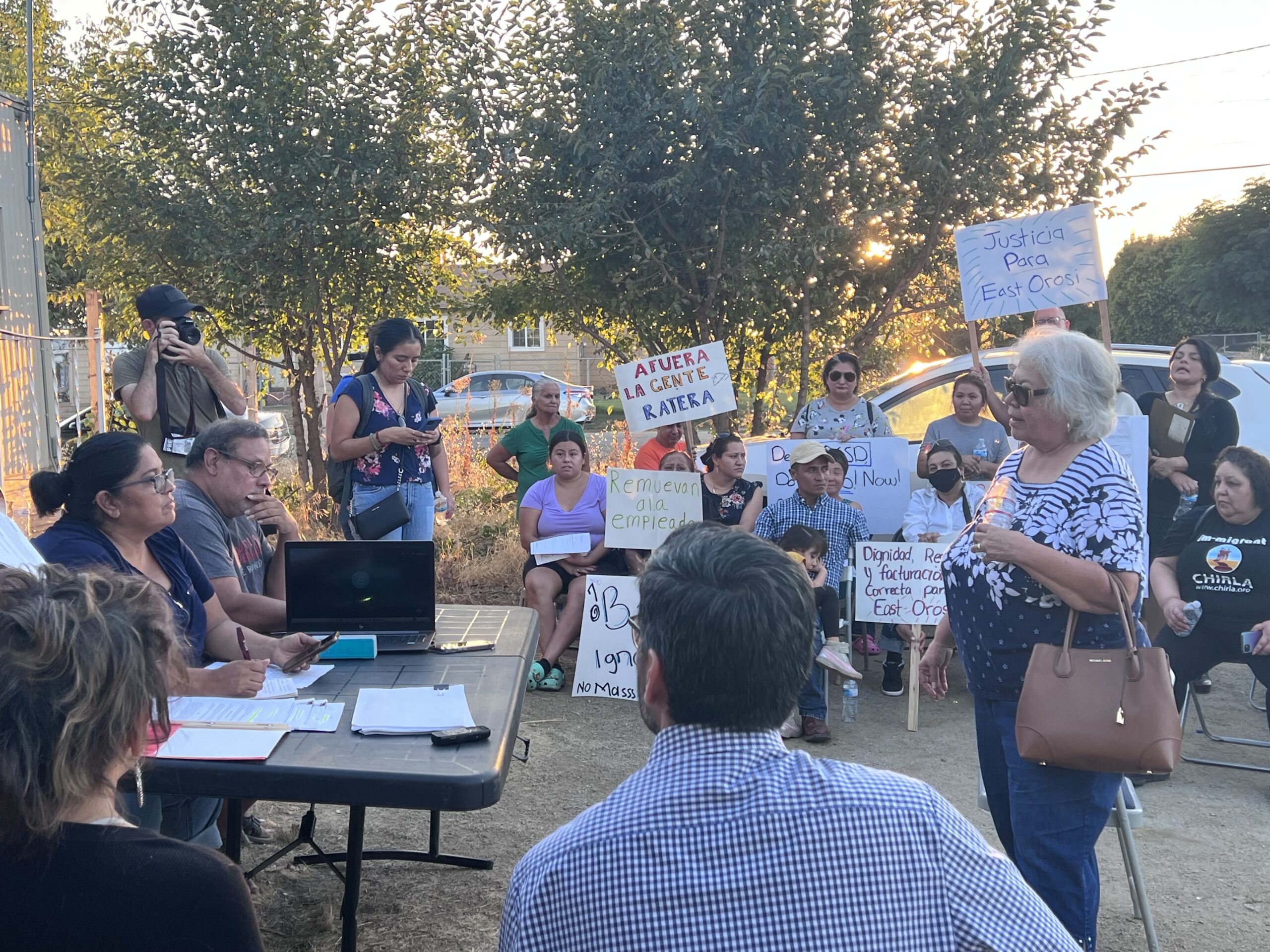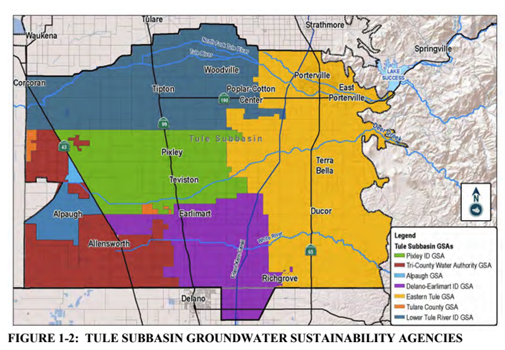The state Department of Water Resources (DWR) announced Wednesday, Jan. 26, that it will increase water allocations from 5% to 30% thanks to the recent storms that doused California with rain and snow.
The new allocation comes out to 1.27 million acre feet for the State Water Project and 29 of its public water agencies, which deliver water to 27 million Californians and 750,000 acres of farmland. In the San Joaquin Valley, that includes Dudley Ridge Water District in Kings County, Kern County Water Agency in Kern County, Tulare Lake Basin Water Storage District in Kings County and Oak Flat Water District in Stanislaus County.
The nine storms that slammed the state in late December and early January contributed 1.62 million acre feet of water into Oroville and San Luis reservoirs, the State Water Project’s two largest storage facilities.
“These storms made clear the importance of our efforts to modernize our existing water infrastructure for an era of intensified drought and flood,” said Karla Nemeth, director of DWR, in a press release. “Given these dramatic swings, these storm flows are badly needed to refill groundwater basins and support recycled water plants.”
The updated allocation accounts for current reservoir levels but not Sierra Nevada snowpack. DWR will conduct four snow surveys from February to May and may update the allocation based on its findings. The implication is that the allocation will be higher, said Nemeth in a press briefing today. By how much depends on conditions and how much snow melt runs off.
“We are still early in the season. It’s great, make no mistake,” said Nemeth. “We are not out of drought in California but this certainly makes a significant dent.”
The State Water Project pumps in the delta are running at full capacity of 9,500 cubic feet per second, moving as much water as possible into San Luis Reservoir.
“The biggest opportunity for California is underground storage,” added Nemeth. DWR staff are accelerating groundwater recharge permits to make it as easy as possible for local water managers to capture flood flows, she said. It’s important for local water districts to be positioned to capture snow melt when it starts flowing later in the year, she added.
But water conservation among Californians hasn’t changed, said Nemeth. The governor’s 15% conservation request will remain in place until there is a clearer idea of how wet this year will ultimately be.
“It’s too soon to tell where we need Californians to be,” said Nemeth.
Share this:
- Click to share on Facebook (Opens in new window)
- Click to share on Twitter (Opens in new window)
- Click to share on LinkedIn (Opens in new window)
- Click to share on Reddit (Opens in new window)
- Click to share on Tumblr (Opens in new window)
- Click to share on Pinterest (Opens in new window)
- Click to share on Pocket (Opens in new window)
- Click to share on Telegram (Opens in new window)
- Click to share on WhatsApp (Opens in new window)
- Click to print (Opens in new window)








